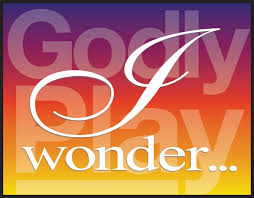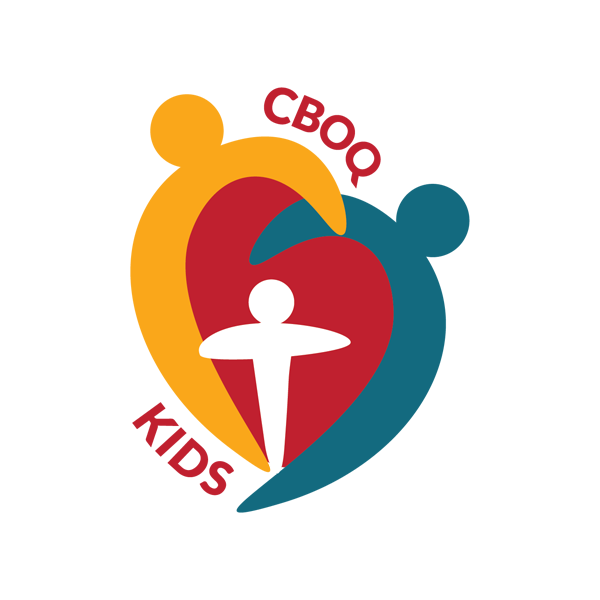
Discovering Godly Play
There are so many sunday school curricula on the market today and many of them are very good. But I wonder if you have come across this one yet? Actually, I don’t want to simply call it another good curriculum but rather a different approach to children’s spiritual formation.
If you go to their website, Godly Play is described with these statements:
- Godly Play is a creative and imaginative approach to Christian nurture.
- Godly Play contributes to the spiritual life of the child and assists the child in making meaning in the world.
- Godly Play uses story, play, ritual and creativity to enhance the children’s authentic experience of God.
- Godly Play provides children with a language to help them identify and express their spirituality so it can be explored and strengthened.
- Godly Play is based upon the recognition that children have an innate sense of the presence of God.
Godly Play is developed as a “spiral” curriculum. The same core stories are told year after year which allows children to go deeper in their faith, trusting that the Holy Spirit continues to reveal Himself in new ways. Stories are also told in a way that children learn that they all fit together in a grand narrative.
This approach has some core elements that make it both unique and very effective in drawing children, and really all ages, into the Scriptures and into a space of allowing God to reveal Himself.
The Doorperson is the one who first greets each child and asks the question, “Are you ready?” Once a child enters the room they are invited to sit down in the circle with the Storyteller. The Storyteller will begin the time, often with some kind of opening prayer and then move into the story. Stories are told using objects in a storykit. The Storyteller will go to the shelf to find that day’s story. There are 3 main types of stories that are told: Sacred Stories, Parables and Liturgical Actions. The type of story it is for that day will determine the approach of the storyteller in telling the story and asking the ‘wondering questions’, which is another key element of Godly Play. The environment is also important in a Godly Play room. The storykits are arranged on shelves in such a way as to surround the children so that you literally are surrounded by the word of God. Following the story, children are invited to do some ‘work’ in response. This could be choosing to use some art supplies to create something, playing with either that day’s story or another story from the shelf or some other way of responding. After the time of work is done, the children are all gathered back together for a feast! Godly Play ends with each child receiving a blessing from the Storyteller.
Watch this full Godly Play instructional video to see a session in action!
Personally, I find this approach to be powerful and effective as a way of ministering to children! I also believe this approach is very effective for smaller churches with multiple ages of children, inconsistent attendance and limited leadership. Maybe not everyone can teach a children’s sunday school class, but many can tell a story!
Check out the experience of First Baptist Simcoe as they’ve developed Godly Play for their children’s ministry.
Interested in discovering if Godly Play might be the approach you want to take but not sure how to get started? Contact Tanya.

+ There are no comments
Add yours